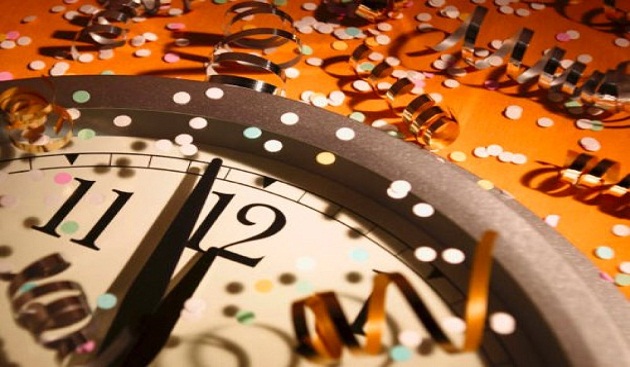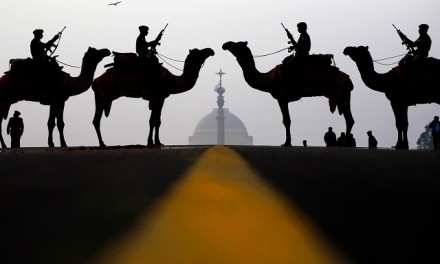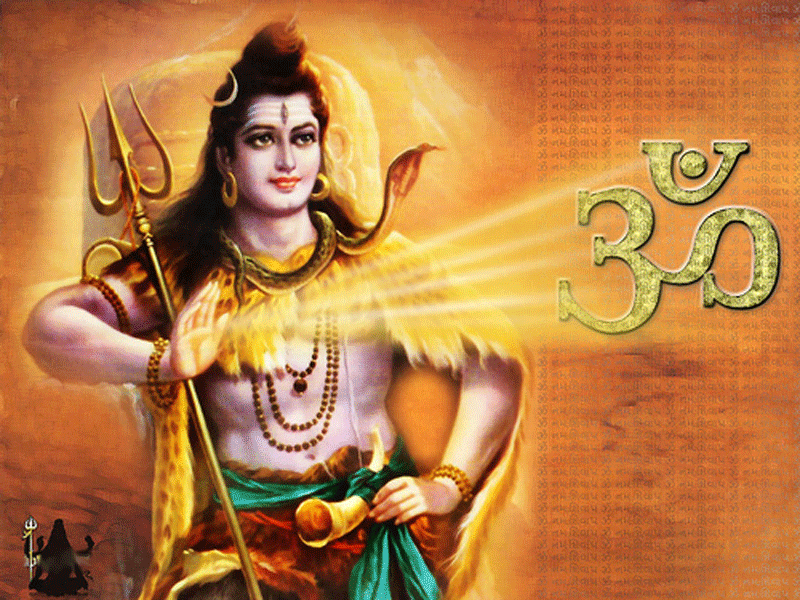They include the following.
- Tanjore style
- Vazhuvoor style
- Pandanallur style
- Kanchipuram style
- Melattur style
Apart from these, the contemporary Kalakshetra style took its birth from the simplified forms of Pandanallur and Tanjore styles.
The Performance or Margam
During a general performance, this art form follows a path called the ‘Margam’, introduced by the Tanjore Quartet, and is done on a platform which resembles a Hindu temple. The debut performance of an artist is known as ‘Arangetram’ or ‘Rangapravesha’, meaning the introductory performance of the artist on the stage, which is supposed to be next to ‘Gejjapooje’, or the worship of anklets, which are considered to be aupicious.
The performance is supported by an orchestra, which includes a vocalist, and musicians playing nattuvanga (cymbals), mridangam (a double headed drum), veena ( string instrument), flute and violin.
A bharatnayam recital can last for up to three hours. The recital is divided into two parts, which includes the dance forms like Pushpanjali, Alaripu, Jatiswaram, Kautuvam, Shabdam Varnam, Padam, Ashtapadi, Tillana and Mangalam, performed one after another.
Information on the Dance
In one of the most imperial texts of dance, ‘Abhinaya Darpana’ (The mirror of gestures), written by Nandikeshvara, ten essential qualities of a dancer are mentioned.
Bhartanatyam, in today’s modern society, is practiced as a hobby, or even taken as a professional career. Refer to Natya Shastra written by Bharata, for more details of this art form in its most pure version.






